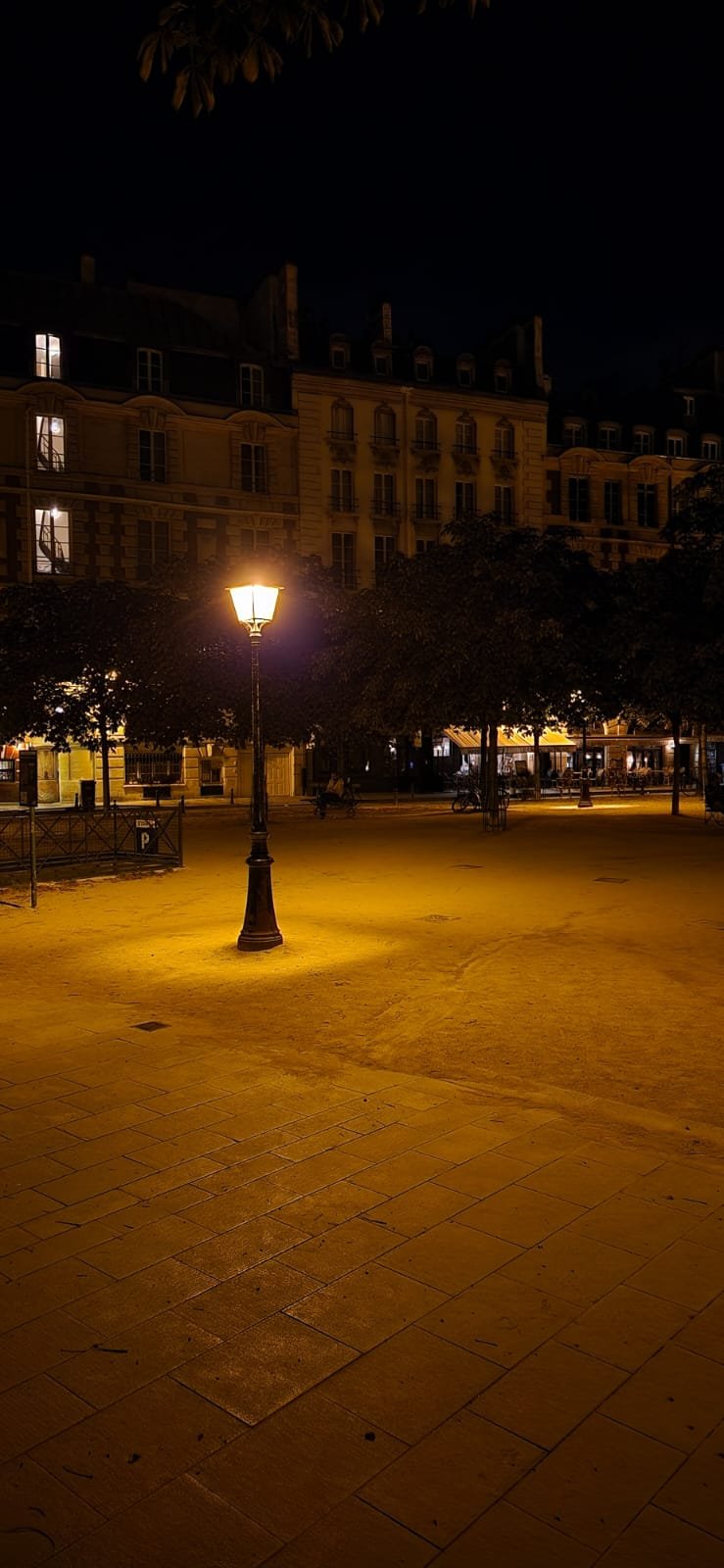This is first in a series of three articles on Touchstone member artists and their connections to France. Emma Cunningham-Bradshaw, a Summer 2023 Touchstone intern, interviewed photographer Rick Braswell at his home in Paris. They spoke of Rick’s street photography style, his experiences traveling and photographing in Europe, and the torturous feeling of not having his camera on him when he sees the perfect shot! Emma also visited places where Rick likes to shoot around Paris and Marseille (another one of Rick’s favorite cities) and includes her own images of the locales.
Rick Braswell in Paris
In his apartment overlooking l’Île de la Cité where a scaffold-laden Notre Dame stands, artist Rick Braswell welcomes me for an apératif and an interview. He and his wife Sandy have lived here in Paris for five years. As we settle in the living room, Sandy offers us each a glass of white wine and a plate of little snacks before retiring to her office. Although she has her own job to attend to, she helps Rick out on his artistic escapades including the weekly Marché de la Création — or Montparnasse art market — in the Montparnasse district of Paris. What is at night a cluster of neon signs, lanes of restaurants extending onto the sidewalk, and more than one sex shop, in the daytime becomes like many other Parisian locales with its bustling cafés and people going to and from markets and grocery stores. Only that over this district looms the Montparnasse Tower, the tallest building in Paris proper. “The Montparnasse art market is a fun thing.” Rick says. “It's physically kind of demanding since you have to bring all your stuff down, hang all the pictures with tension ropes… we don’t have a car so we carry everything over. Everybody there is an artist, a few photographers, many painters. The first time we arrived, just rookies and so grateful to be let into the market, my wife Sandy and I got out of a taxi and all these artists look and this guy says, “I think this is the first time an artist has ever arrived at the art market in a taxi.” Their surprise, of course, stemmed from the age old idea that artists don’t have much money.
“So, what brought you to Paris?” I ask Rick. After years in D.C., Rick and Sandy moved to Geneva, Switzerland for Sandy’s job. When it came time to move and Sandy thought they would head back to D.C., Rick asked the question: “What about Paris?”. “We’ve always loved Paris, and visited many times. I knew I would love to photograph here, but we moved simply because I love Paris. I love the ambiance, the style of people, the look of the place, you just can’t beat the quality of life. There’s tons of culture including photography, art and music here. Jazz is a big passion of ours, and there are just wonderful jazz clubs in Paris. I love D.C. but I just thought, for something new, I’d like to live in Paris.”
Rick’s photographs have now become synonymous with Parisian and European street scenes. He’s traveled in Italy, France and Switzerland, focused on capturing people in cities. “For better or for worse you could say working people who are out doing what they’re doing.” He doesn’t care for photographing ‘the glitterati or well-to-do.’ “Those cafes of Paris, you can take beautiful pictures there, but it’s not so much my thing. I’m looking for working people, young people, and their families. The real diversity you find in the population.” When I ask why he is drawn to photographing the working-class, Rick reminds me that he was a union organizer before retiring and pursuing photography as a career. He sees himself as part of and sympathizes with the working-class, and finds beauty, excitement and fun in photographing regular folk. “I’m just not ever going to get that real appreciative feeling of taking a picture of a guy in an Armani suit.”
Tango, Banks of the Seine, Paris
Rick aims to be as discreet as possible when he’s on a shoot. “I don’t do any posing of people, I don’t ask people if I can take their picture because that’s not the picture I want. Most of my pictures you wouldn’t get if you asked the person, you wouldn’t get the sort of interesting picture I’m looking for.” He’s had a few people spot him and then object to him taking their picture, and while he respected their wishes, he sees no reason for people to object to his photographing. “I’m always trying to make people look good, and capture these characteristics that I think are really admirable and attractive. So, I have no bad motive in it.” He tells me that some photographers think that once you’re in the public space, others are free to look, photograph, paint you. While Rick is more sensitive to this issue and recognizes that taking photos is offensive in some milieus, he somewhat agrees with the sentiment.. “I take a picture and the picture turns into this piece of paper on the wall. Nobody’s ever going to attach that piece of paper to this person. It’s just something that existed in the world and I took a picture of it.”
Some might call this candid style of photography ‘humanism’, a movement in photography that blossomed in France after World War II. Rick speaks of the movement’s defining photographers: Sabine Weiss, William Ronis, Henri Cartier-Bresson. “These people took street photography shots back in the 50s, 60s and 70s. They’re just an inspiration if you do street photography. They always found something very human about the people they were dealing with, something that you would say, ‘oh, i’ve seen that gesture a million times, that’s exactly what people do!’ It’s real hard to get this kind of shot.” These artists mainly photographed in black and white which is also Rick’s preference. “Black and white photographs seem more artistic above and beyond anything that I’m doing; they look a lot better, more artistic and a little more meaningful.”
In short, Rick’s focus is on the people, interesting in their everyday activities, whether he’s in Paris or Chicago. He frequents Marseille, a city in the south of France. Parisians often give Marseille a bad reputation for its dirtiness (I did encounter several overflowing piles of trash just off of prominent boulevards), but Rick loves it for its grit. He also loves the sun and lighting there which, as a photographer, one notices right away. Marseille is on the Mediterranean sea and boasts a beautiful coastline, and many rocky alcoves with turquoise waters just minutes from the city-center. Many in Marseille are of North African descent. Walking down the streets near the Old Port, I hear about as much Arabic as I do French.
Old Port Marseille
Though I haven’t been to any North African country, I grew up in Tanzania and for a time lived in Zanzibar, an island off the coast. Similar to Marseille, Zanzibar has for centuries been a ground for cross-pollination of cultures and people. The sounds of Arabic on the streets of Marseille, the shops with baskets filled with bright spices, the all important ritual of tea (mint in Marseille, masala in Zanzibar) were comforting in their familiarity. Yet, in Marseille, only a short walk away from the North-African-leaning Noailles district, are those classical French buildings. This mélange of France and North Africa in terms of architecture, language and traditions make Marseille a truly distinctive and dynamic city.
I also ask Rick about his time photographing in Italy. Earlier on the day of our interview, I went to an exhibit at the Académie des Beaux-Arts called ‘The Italians’ by French photographer Bruno Barbey. He traveled around Italy in the 1960s and said, “Italians give themselves freely to being photographed, contrary to other people.” Rick has to agree with him. “Italians are very photogenic. They just seem to be indifferent if you’re taking their picture. Some French people, I notice, are a little reluctant to be photographed. You would never imagine finding an Italian who would refuse having their picture taken.” Rick has a particular fondness for Sicily. “Like Marseille, Sicily is a cross-cultural mixture, and at the same time very very Italian.” His collection Neo-Neorealism has photos from a road trip down the eastern coast, from Padua down to the heel of Italy. “The further south we went, the more we loved it. There were just incredible scenes. On that road trip, I was looking for a neorealist look that I could replicate. You know, those middle aged guys talking to their momma and those kinds of things, and you find that it’s really there.”
Polignano A Mare
Rick doesn’t always have his camera on him, he normally plans to shoot on a particular day since lugging around his camera gets pretty heavy. Though, as life would have it, he says he often sees the ideal shot when he doesn’t have his camera. “I was just going to the grocery store about three days ago and walking up the street in front of the Monde Arabe and I saw a shot that… I could’ve kicked myself! I didn’t have my camera. For whatever reason, it was this woman leaning against a lamppost with a lit cigarette, smoke coming up, reading a newspaper, and no one reads a newspaper these days! The sun hitting her right in the forehead…”
The shooting, he says, is just a matter of luck. “I take my camera and I go to places where I think I’m gonna see the kind of thing I want to see, I go at the time of day when there's the light that I like. If I see it, I take a shot of it but I may not see exactly what I want. I can’t readily articulate what I’m looking for, it’s a matter of instinct that makes me get my camera up and shoot when I just see what’s going on in front of me.”
Rick and Sandy are settled in Paris, though they maintain their connection with D.C. and visit every summer. Touchstone Gallery was the first place Rick continuously showed his photos and he sees being a member as a very big accomplishment. During my own month of living in Paris this summer while working virtually for Touchstone, I relished in the relative slowness of Parisian city life coming from the valued daily rituals, the balance of work and pleasure. I think the beauty of this slowness is captured in these words of Rick’s, “sometimes I set up in a place, look at this shadow, look at that glancing light over there, this is a nice urban scene, I’m just going to wait here for a while and see who comes by.”

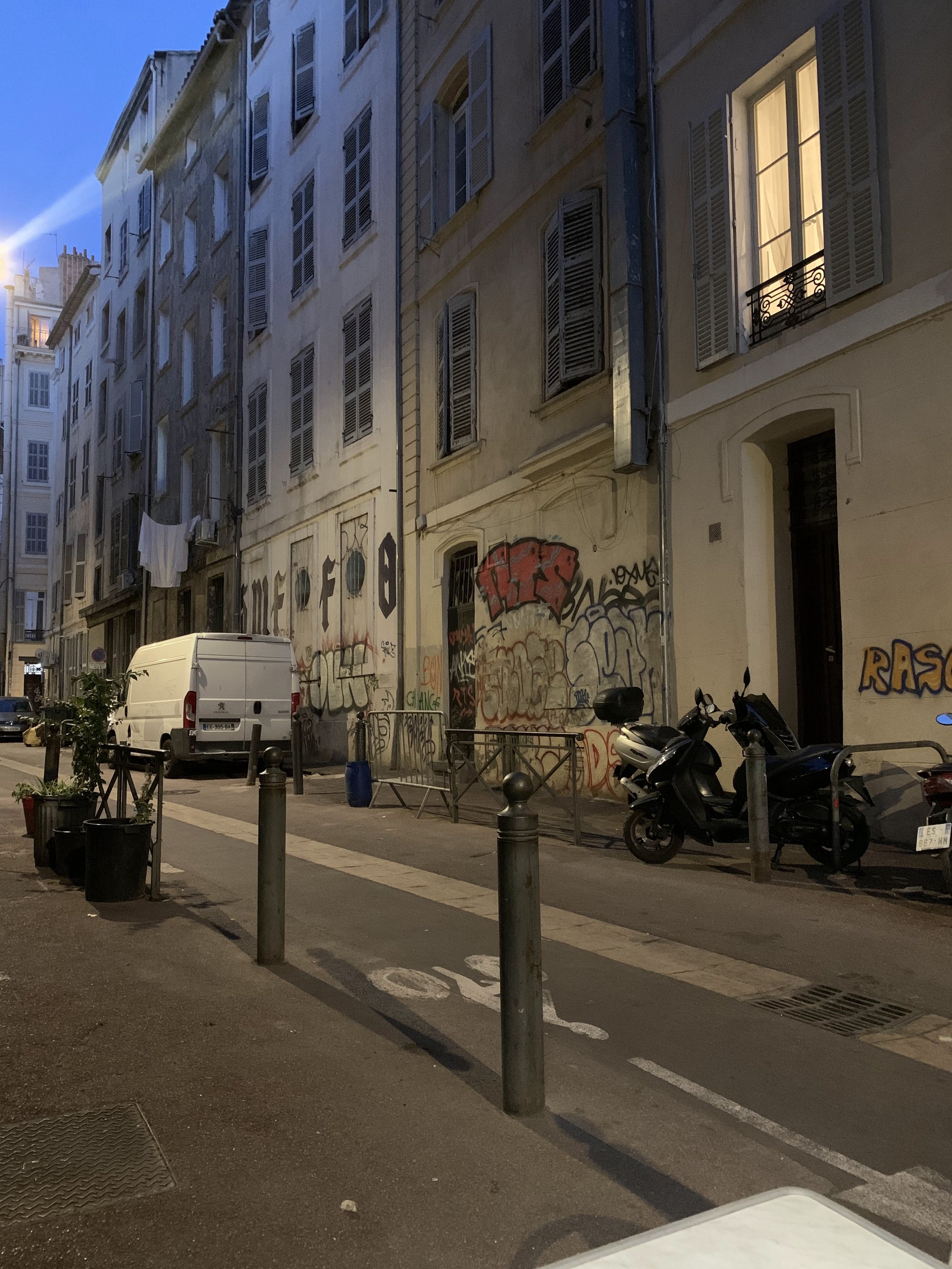
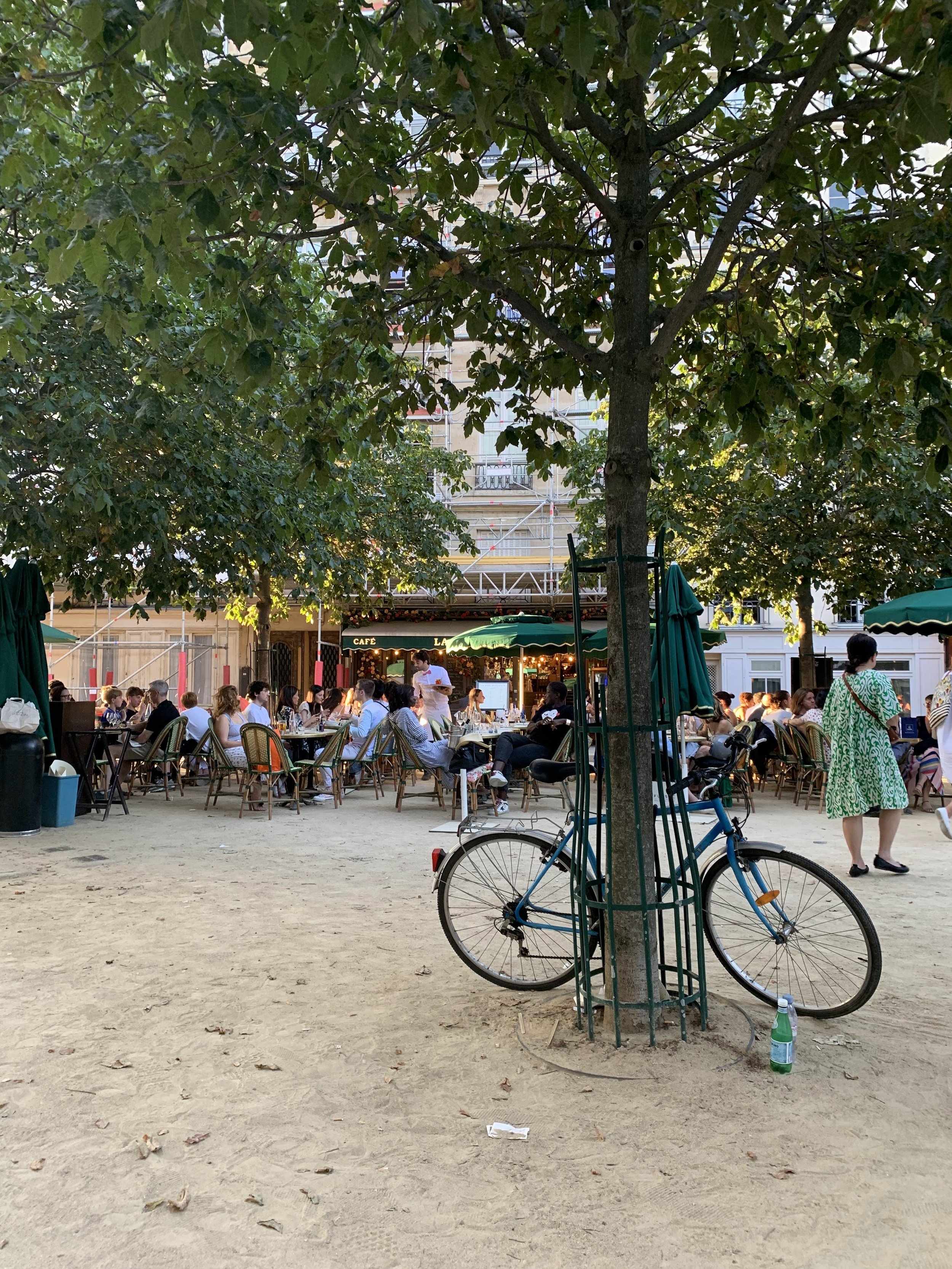
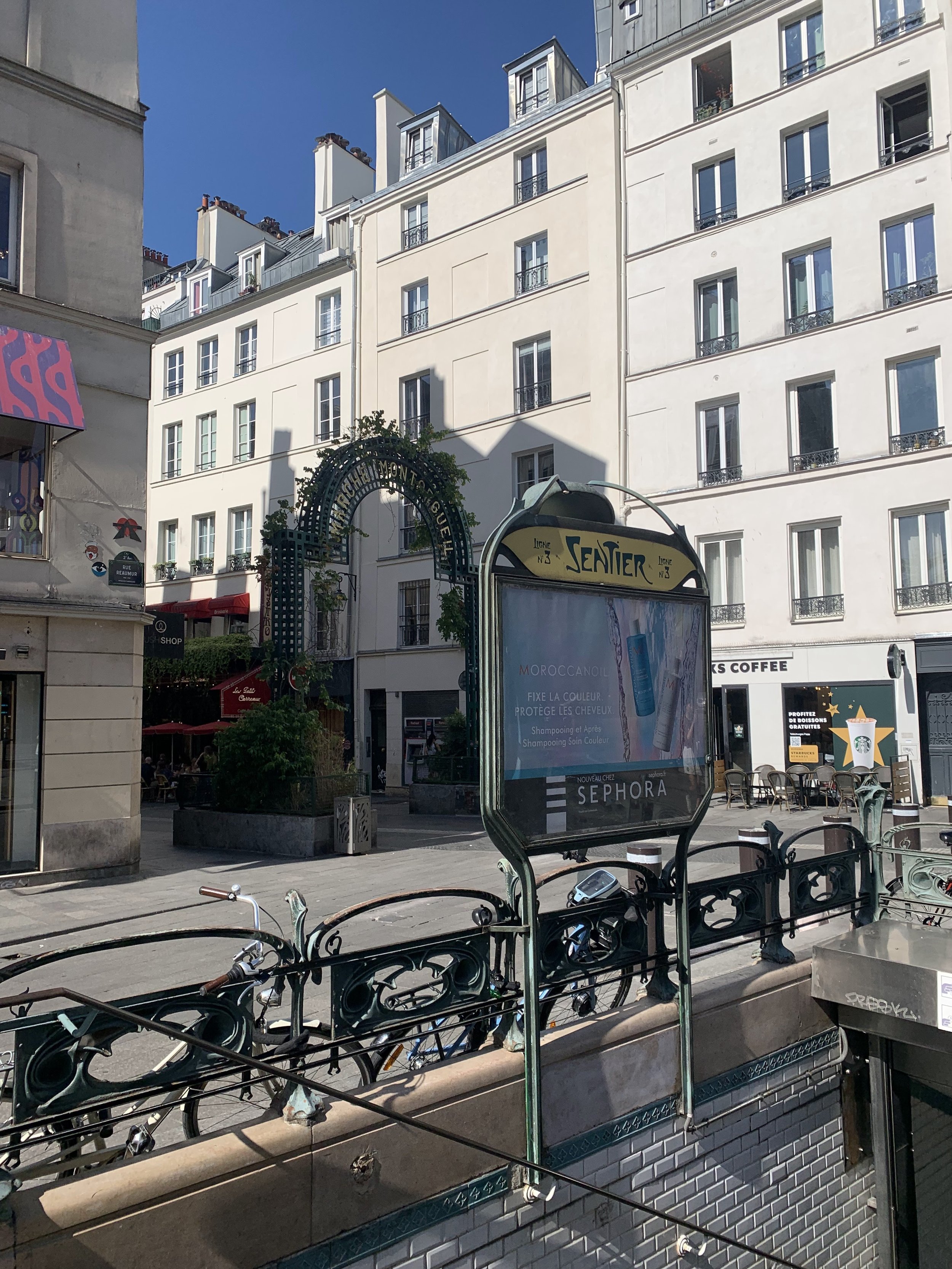


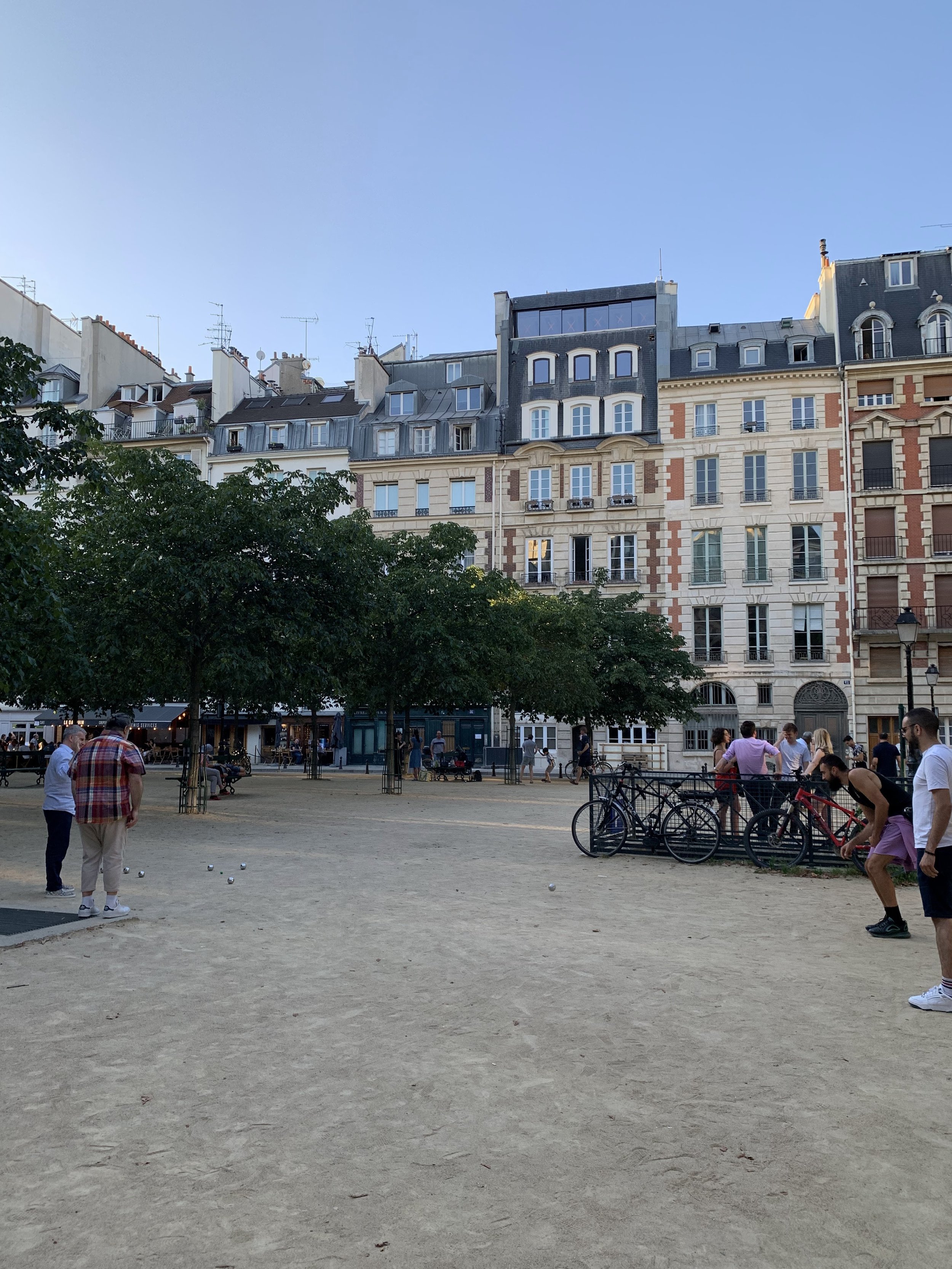
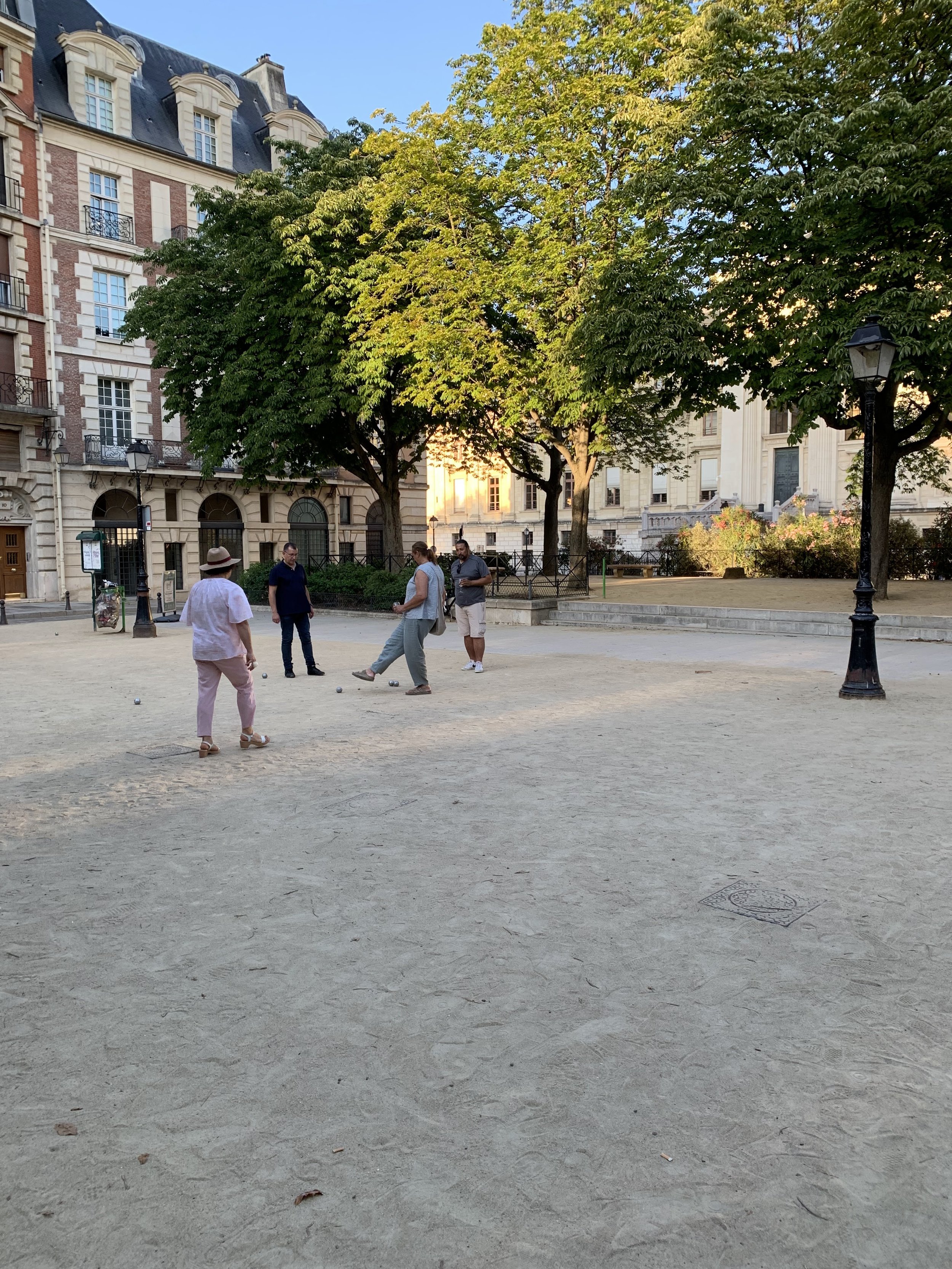
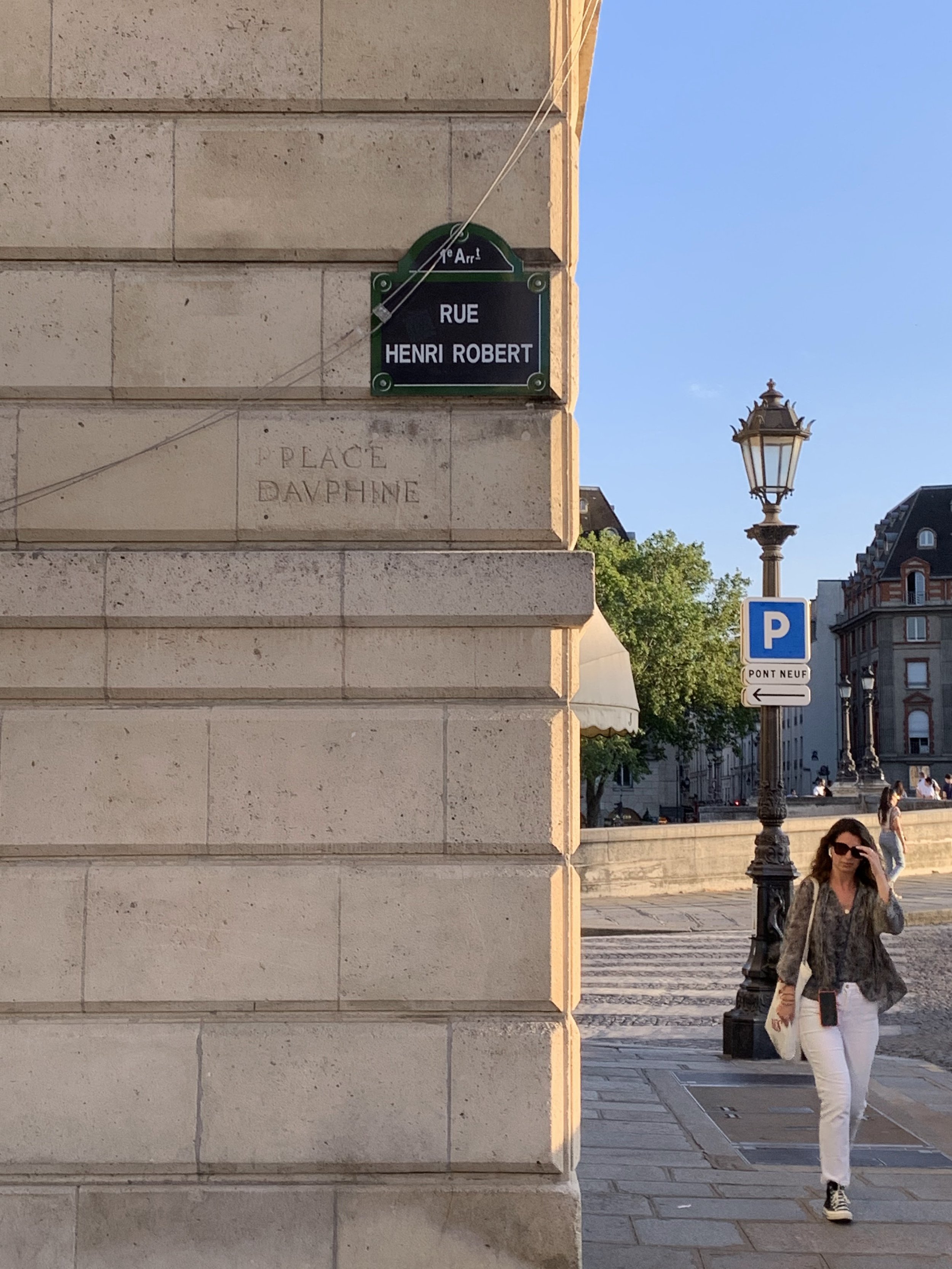
- Words and gallery photos by Emma Cunningham-Bradshaw; inline photos by Rick Braswell






